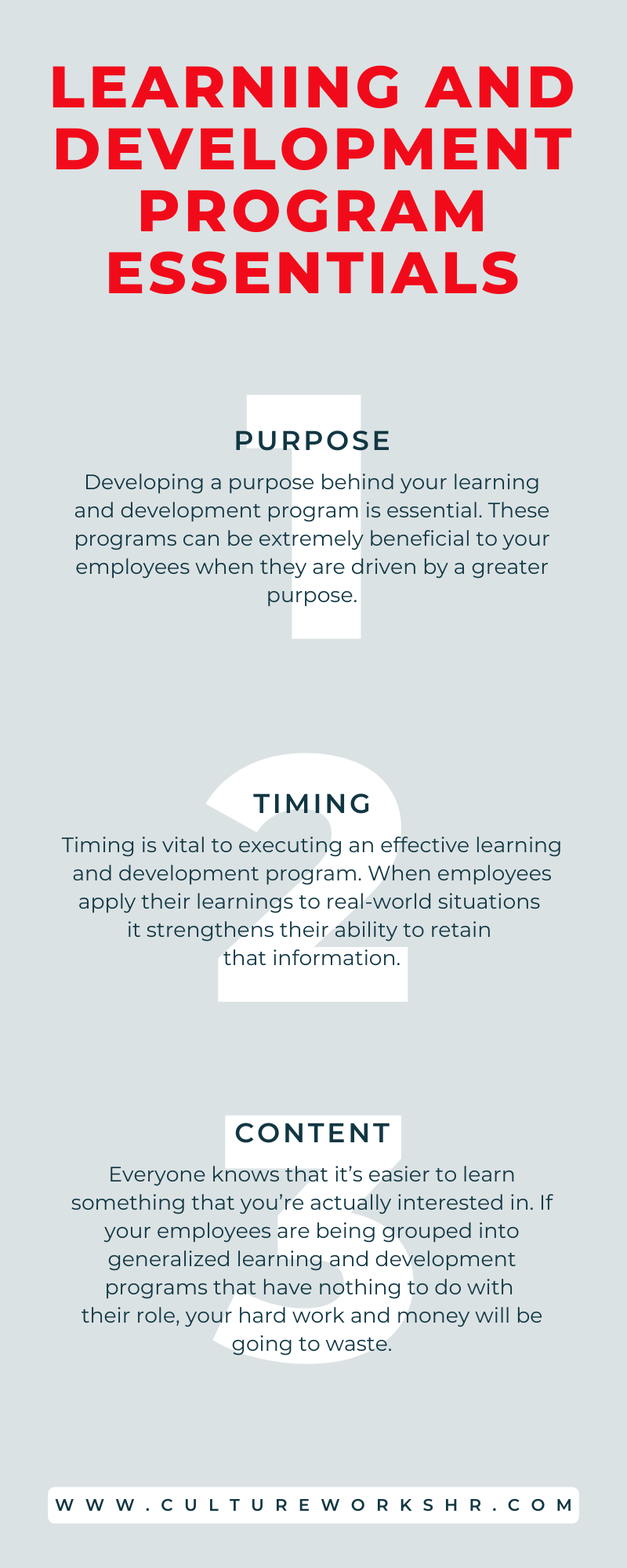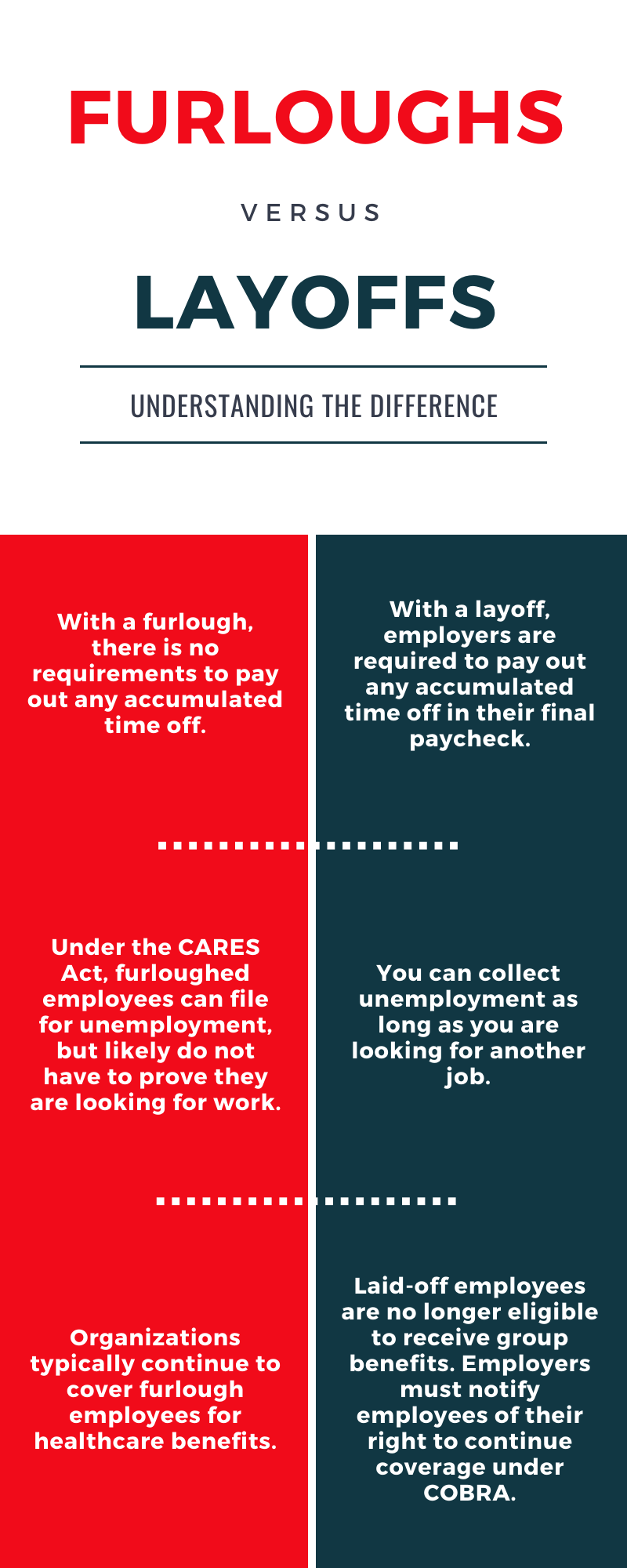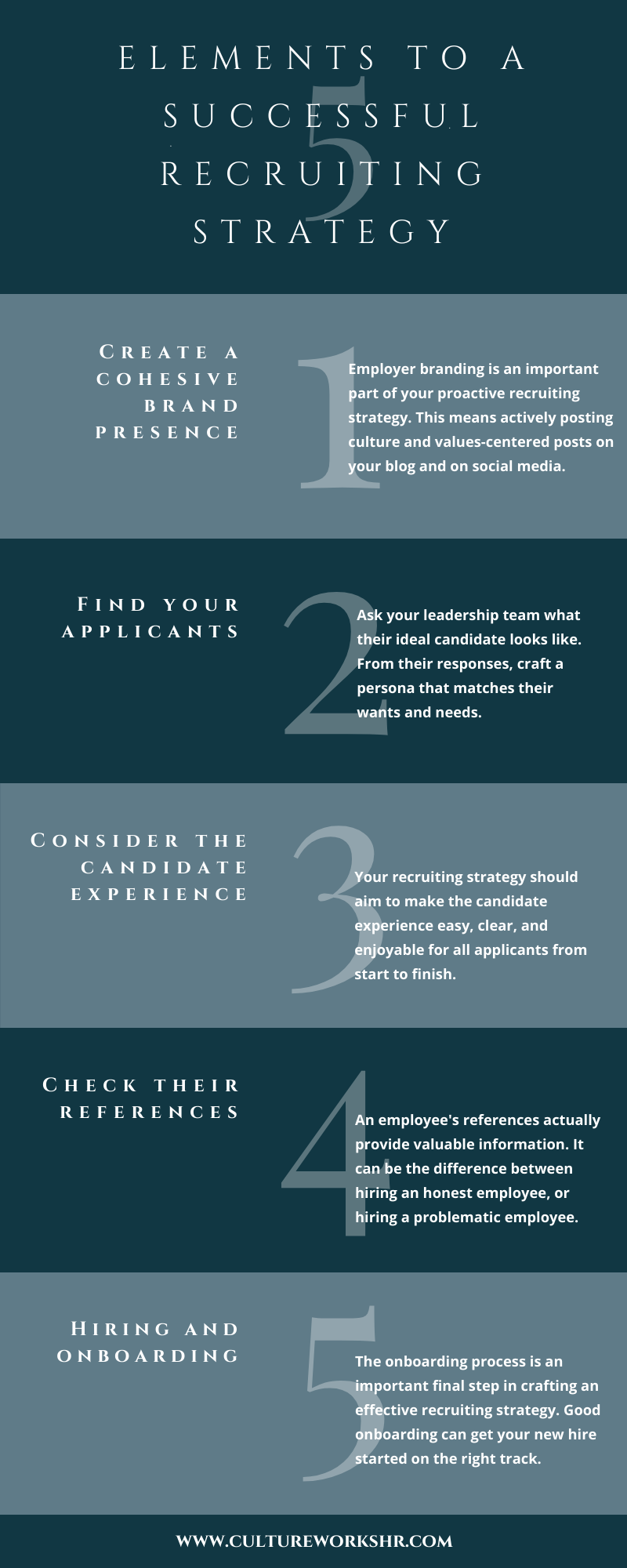How Poorly Executed Learning and Development Strategies Can Backfire
According to Harvard Business Review, 75% of managers across 50 organizations were dissatisfied with their company’s learning and development functions. With that statistic in mind, and the $359 billion spent on training in 2016, it’s essential that your company’s learning and development program is developed properly. As a business owner, you probably know you should start implementing a learning and development program.
There are a few missteps you may take when implementing your learning and development program.
Purpose
Developing a purpose behind your learning and development program is essential. These programs can be a huge benefit to your employees when they are driven by a greater purpose. It’s been shown that if you don’t apply the knowledge you are learning, you will not retain it nearly as well as that which is applied.
As you begin discovering the purpose behind your learning and development programs, think of ways your employees can use their new knowledge in their daily activities.
Timing
Timing is vital to executing an effective learning and development program. When employees can apply their learning to their real-world situations it strengthens their ability to retain that information. Align your learning and development programs with the events that take place in your employees’ career journeys.
Content
Everyone knows that it’s easier to learn something that you’re actually interested in. If your employees are being grouped into generalized learning and development programs that have nothing to do with their role, your hard work and money will be going to waste.
How can you change your learning and development process to enhance your business?
Getting started is often the hardest part. How can you begin creating a personalized, all-encompassing, need-driven learning and development program? Start small.
Begin by introducing 20% of knowledge that gets utilized 80% of the time. Once your employees have mastered that 20% in your program continue to build upon it.
As you continue to build out this program, ensure you are providing real-world examples of how to apply this knowledge. Real-world projects in a workshop format can help apply learning in real-time with a short feedback loop that leads to better business outcomes and encourages real development in your employees.
You should also tailor your programs to the individual who is taking them and their specific role. Today’s technology provides an avenue to personalize training based on individual employees’ performance. This helps you tailor your program to each specific employee’s needs, learning style, and delivery method.
Lastly, encourage peer learning. Studies show that when humans teach one another they learn in a better, more rapid way. This also helps encourage a productive company culture, where employees help one another improve.
As your learning and development program gets off the ground, you need to assess its effectiveness. Ask yourself a few questions that give you insight into the business outcomes resulting from these programs. Some questions to ask yourself should include:
- Did the new training program improve sales?
- How do the results compare to your best competitors?
- Have your experiences decreased turnover? If yes, does the result of more training hours lead to an increase in sales?
At Culture Works, we believe in the power of learning and development for your employees. Our learning and development programs ensure your employees are moving forward in their careers with your company. Contact us today to see how we can help craft a learning and development program that works!







